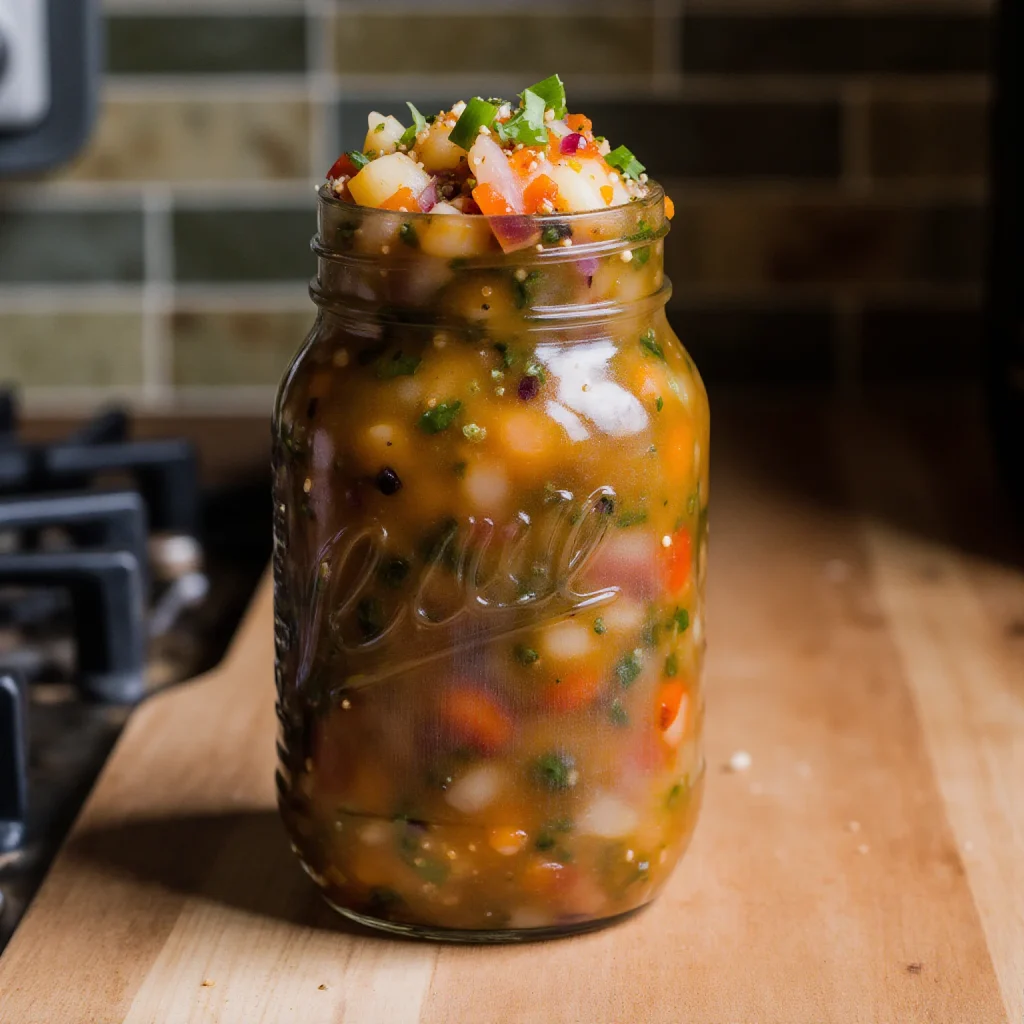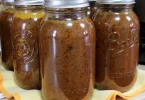
Introduction
Picture this: a warm summer evening, friends gathered around your table, the sound of laughter mixing with the clinking of glasses. At the center of it all sits a bowl of vibrant Pico de Gallo—its colors as bold as its flavors. Bright red tomatoes, crisp white onions, fresh green cilantro, and the zing of lime juice all combine to create a dish that tastes like sunshine in a bowl.
That’s the beauty of Pico de Gallo. It’s not just food—it’s an experience. It brings freshness to your plate, pairs with almost any dish, and requires only a few ingredients and minutes to prepare. You don’t need fancy equipment or expert cooking skills. All you need is a knife, a cutting board, and a love for flavor.
In this guide, you’ll discover everything you need to know about Pico de Gallo: what it is, how to make it, why it’s good for you, and all the creative ways you can use it in your kitchen. By the end, you’ll not only know how to prepare it but also how to adapt it to your taste and lifestyle.
H2: What Is Pico de Gallo?
Pico de Gallo, also known as salsa fresca or salsa cruda, is a fresh, uncooked Mexican salsa. Unlike blended salsas, which are often cooked or pureed, Pico de Gallo is chunky, crisp, and bursting with raw freshness.
H3: Key Characteristics of Pico de Gallo
- Fresh ingredients only: Tomatoes, onions, cilantro, lime, jalapeños, and salt.
- Chunky texture: Each bite has distinct pieces, not a blended consistency.
- Zesty and balanced: Sweetness from tomatoes, heat from peppers, freshness from cilantro, and acidity from lime.
- Cultural roots: A staple in Mexican cuisine, often served alongside tacos, burritos, and grilled meats.
H2: Why You’ll Love Pico de Gallo
Pico de Gallo is more than just a side dish. It’s a versatile kitchen companion that can elevate almost any meal.
H3: Flavor Benefits
- Delivers a fresh, zesty punch that makes food more exciting.
- Balances rich, heavy dishes with light acidity.
- Adds crunch and vibrancy.
H3: Health Benefits
- Naturally low in calories and fat.
- High in vitamins A, C, and K.
- Rich in antioxidants from tomatoes and peppers.
- No preservatives or artificial ingredients—100% natural.
H3: Versatility
- Works as a dip, topping, or side dish.
- Complements Mexican classics like tacos and nachos.
- Surprising but amazing on eggs, salads, or even grilled fish.
H2: Ingredients for Pico de Gallo
The magic of Pico de Gallo lies in its simplicity.
H3: Classic Pico de Gallo Recipe (Table)
| Ingredient | Quantity | Notes |
|---|---|---|
| Ripe tomatoes | 4 medium | Roma or plum tomatoes are best |
| White onion | ½ cup (diced) | Milder than yellow, crisper flavor |
| Fresh cilantro | ½ cup (chopped) | Essential for authentic flavor |
| Jalapeño pepper | 1 (minced) | Adjust spice level by removing seeds |
| Lime juice | 2 tbsp | Always use freshly squeezed |
| Salt | ½ tsp | Adjust to taste |
H3: Optional Additions
- Serrano peppers → for extra heat.
- Avocado → for creaminess.
- Mango or pineapple → for a sweet, tropical twist.
- Garlic → for depth of flavor.
H2: Step-by-Step Guide to Making Pico de Gallo
H3: Step 1 – Prepare Ingredients
- Wash all vegetables thoroughly.
- Dice tomatoes, onion, jalapeño, and cilantro into small, even pieces.
H3: Step 2 – Mix the Base
- Place diced tomatoes, onion, cilantro, and peppers into a bowl.
H3: Step 3 – Add Lime and Seasoning
- Squeeze fresh lime juice over mixture.
- Sprinkle with salt and stir gently.
H3: Step 4 – Rest for Flavor
- Let sit 10–15 minutes for flavors to meld.
- Taste and adjust salt, lime, or heat to preference.
H2: Variations of Pico de Gallo Recipes
H3: Fruit Pico de Gallo
- Add mango, pineapple, or watermelon for sweetness.
H3: Avocado Pico de Gallo
- Mix in diced avocado for creamy texture.
H3: Spicy Pico de Gallo
- Swap jalapeños for serrano or habanero peppers.
H3: Low-Sodium Version
- Reduce salt, increase lime and herbs for brightness.
H2: Serving Ideas for Pico de Gallo
Pico de Gallo fits into almost any meal.
- As a dip: With tortilla chips.
- With tacos: Perfect topping for carne asada, chicken, or veggie tacos.
- Over nachos: Freshness balances melted cheese.
- With grilled meats: Chicken, steak, or fish.
- For breakfast: On scrambled eggs, omelets, or avocado toast.
- In bowls: Add to grain bowls, burrito bowls, or salads.
H2: Storage and Shelf Life
- Store Pico de Gallo in an airtight container in the refrigerator.
- Best enjoyed within 24–48 hours for maximum freshness.
- Can last up to 3 days, but tomatoes release liquid over time.
- Stir before serving to redistribute juices.
H2: Nutritional Value (Per ½ Cup, Approx.)
| Nutrient | Amount |
|---|---|
| Calories | 25 |
| Carbohydrates | 5 g |
| Fiber | 1 g |
| Protein | 1 g |
| Vitamin C | 30% DV |
| Vitamin A | 15% DV |
H2: Common Mistakes to Avoid
- Using watery tomatoes → makes the salsa soggy.
- Over-salting → flavors can get harsh.
- Too much lime juice → overwhelms other ingredients.
- Skipping rest time → flavors won’t blend properly.
- Not adjusting spice → always taste and modify heat.
H2: FAQs About Pico de Gallo
H3: Is Pico de Gallo the same as salsa?
No—Pico de Gallo is chunky and fresh, while salsa can be blended and cooked.
H3: Can I make Pico de Gallo ahead of time?
Yes, but it’s best within 24 hours for the freshest taste.
H3: What tomatoes work best?
Roma or plum tomatoes—they’re firm and less watery.
H3: Can I freeze Pico de Gallo?
Not recommended—it loses texture after thawing.
H3: How do I make it less spicy?
Remove pepper seeds or use a milder pepper.
Conclusion
Fresh, simple, and bursting with flavor, Pico de Gallo is a recipe every home cook should know. It’s more than a salsa—it’s a celebration of freshness, color, and tradition. Each scoop carries the essence of Mexican cuisine and the joy of homemade cooking.
The best part? It’s endlessly customizable. Whether you prefer it mild or spicy, traditional or with fruity twists, Pico de Gallo adapts to your taste.
👉 Call-to-Action: Grab some fresh tomatoes, onions, cilantro, and lime today. Make a bowl of Pico de Gallo and serve it at your next meal—you’ll be amazed how quickly it disappears.







